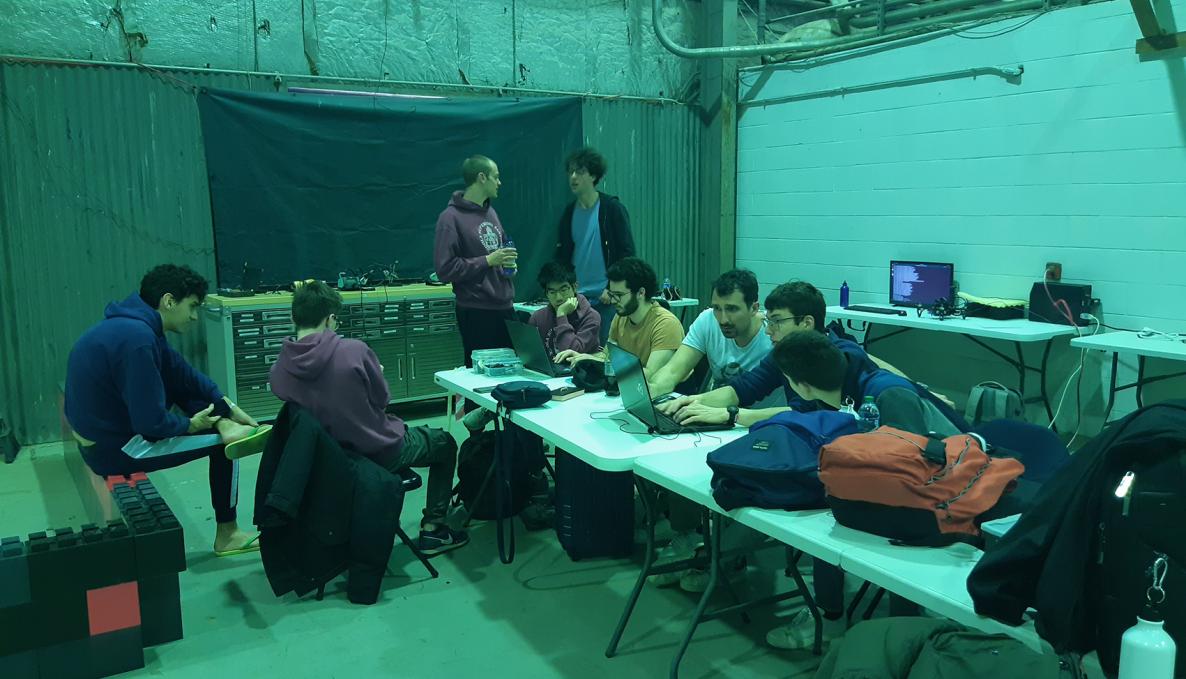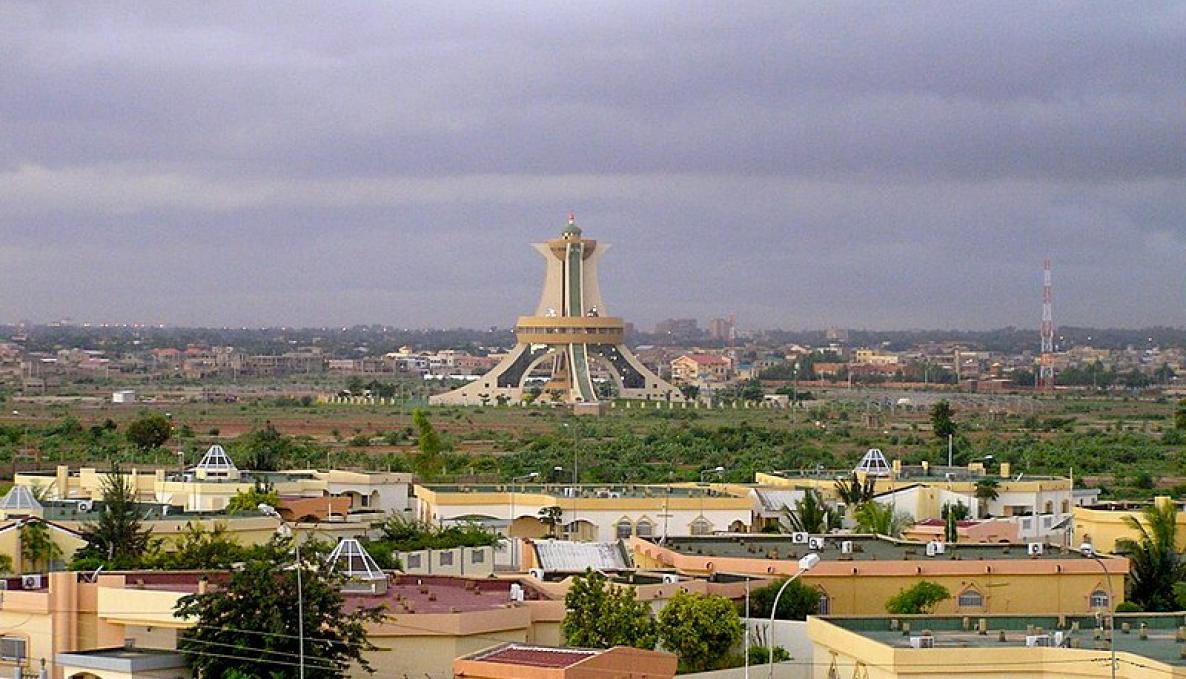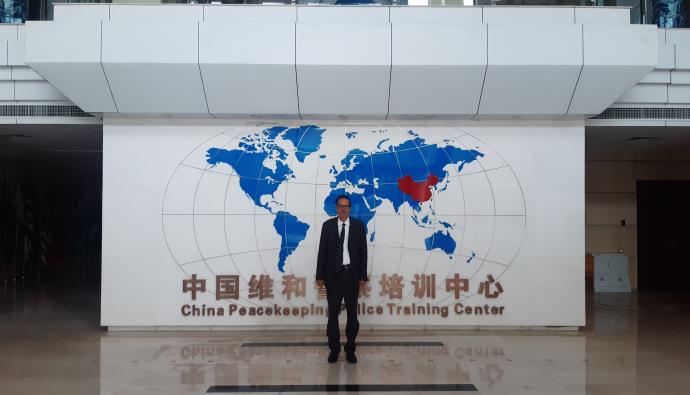International awards, the SSSA team won the 2023 edition of the UAV Chase Challenge, the international drone and robotics competition organised by Purdue University (USA)

The Sant'Anna School won the 2023 edition of the UAV Chase Challenge, the international drone and robotics competition organised by Purdue University (Lafayette, United States of America), which competes drones capable of flying in closed environments and performing certain tasks in total autonomy, without the intervention of pilots. In the final phase of the competition, the SSSA team overcame competition from Beihang University (China), which came second, and Silesian University of Technology (Poland), which finished in third place.
The group that took part in the UAV Chase Challenge consisted of 10 people: Stefano Roccella, team coordinator and researcher at the BioRobotics Institute; Andrea Vannini, UAV navigation and vision system manager; Davide Bettarini, Nicola Riccardi, Antonio Ciociola, Antonio Andrea Salvalaggio, Su Qi Chen, Francesco Scarrone, Taulant Arapi and Simone Cirelli, honor students at Sant'Anna School in the Academic Faculty of Experimental Sciences. The initiative was supported by the Luca Cavallini Onlus Foundation.
Engineering and artificial intelligence
Each team that qualified for the final stage had two trials in which the drone had to chase a pre-programmed model car as it travelled a circuit between scale-modelled buildings. The winner was whoever stayed the longest distance of 1 metre from the model. The second test differed from the first in that there was an additional obstacle in the form of a tunnel under which the car passed and which had to be flown over independently by the drone.
"Our drone," commented Stefano Roccella, "performed better than the other teams in both the first and second trials. We focused above all on recognition and navigation stability, so we were able to maintain a distance of one metre from the model for longer".
The contribution of the School's honor students who participated in the competition and in the development of the system was fundamental. "For them," continues Roccella, "it was first and foremost a unique training experience because they were able to work on the development of a complete robotic system and make it work in a real environment. The students were also able to verify the value of simulation and how the necessary corrections are needed to be able to cope with reality'.
The technology developed by the Sant'Anna School team demonstrated how it is possible to control a navigation system even in environments without a GPS signal. 'We have been able to increase our knowledge on navigation,' concludes Roccella, 'by means of vision in environments without a GPS signal, and on control methods inspired by the flight of birds for low-processing capacity systems such as small drones suitable for indoor flight. This opens up prospects for the application of such systems in activities such as the maintenance and inspection of industrial plants where the GPS signal easily decays".



